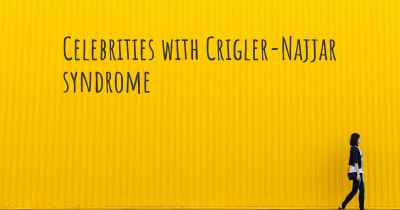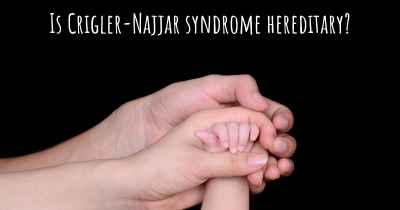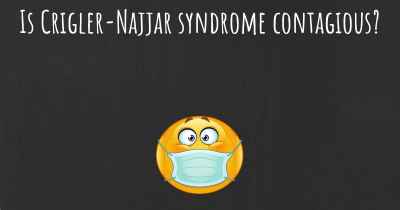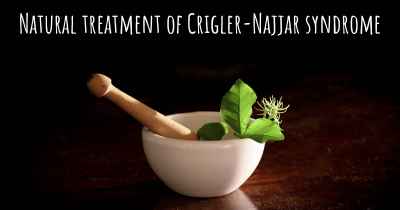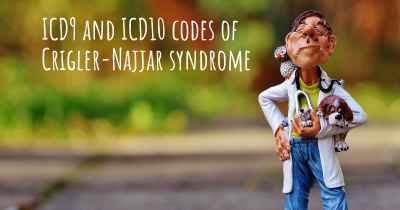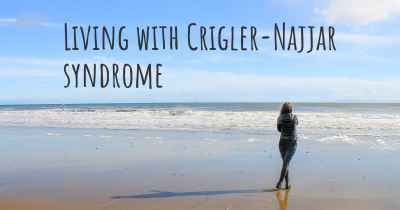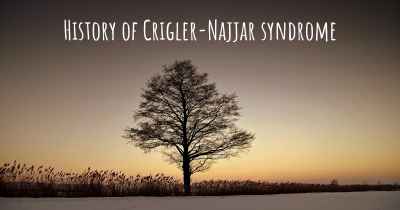What is the life expectancy of someone with Crigler-Najjar syndrome?
Life expectancy of people with Crigler-Najjar syndrome and recent progresses and researches in Crigler-Najjar syndrome
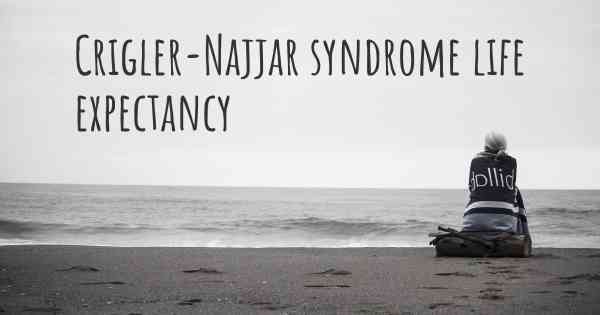
Crigler-Najjar syndrome is a rare genetic disorder characterized by the absence or deficiency of an enzyme called UDP-glucuronosyltransferase. This enzyme is responsible for breaking down bilirubin, a waste product of red blood cells. As a result, individuals with Crigler-Najjar syndrome have elevated levels of unconjugated bilirubin in their blood, leading to jaundice and potential complications.
The severity of Crigler-Najjar syndrome can vary, with type 1 being the most severe form. Without treatment, type 1 individuals may develop kernicterus, a condition that affects the brain and can be life-threatening. However, with proper management, including phototherapy and liver transplantation, the prognosis can improve significantly.
While Crigler-Najjar syndrome can impact life expectancy, it is difficult to provide a specific range as it depends on various factors such as the type of syndrome, treatment adherence, and individual response. Regular medical care and close monitoring are crucial for individuals with Crigler-Najjar syndrome to manage their condition effectively and optimize their quality of life.
Crigler-Najjar syndrome:
Crigler-Najjar syndrome is a rare genetic disorder characterized by the absence or deficiency of an enzyme called UDP-glucuronosyltransferase (UGT). This enzyme is responsible for the conjugation of bilirubin, a yellow pigment produced during the breakdown of red blood cells, making it water-soluble and easily excreted from the body. Without sufficient UGT activity, bilirubin accumulates in the blood, leading to a condition called hyperbilirubinemia.
Types of Crigler-Najjar syndrome:
There are two types of Crigler-Najjar syndrome:
- Crigler-Najjar syndrome type 1 (CN1): This is the more severe form of the condition, where individuals have little to no UGT activity. It is usually diagnosed in infancy or early childhood and requires lifelong management.
- Crigler-Najjar syndrome type 2 (CN2): This is a milder form of the syndrome, where individuals have some UGT activity. It is often diagnosed later in childhood or adolescence and may have less severe symptoms.
Symptoms and complications:
The primary symptom of Crigler-Najjar syndrome is jaundice, which causes a yellowing of the skin and eyes. Other symptoms may include fatigue, weakness, poor appetite, and abdominal pain. In severe cases, high levels of unconjugated bilirubin can lead to neurological complications such as kernicterus, a rare and potentially fatal condition characterized by brain damage due to bilirubin toxicity.
Treatment and management:
There is currently no cure for Crigler-Najjar syndrome, but various treatment options are available to manage the condition:
- Phototherapy: This is the primary treatment for individuals with Crigler-Najjar syndrome. It involves exposing the skin to special blue lights that help convert unconjugated bilirubin into a more soluble form, allowing it to be excreted from the body. Phototherapy is typically required for several hours each day, and individuals may need to use specialized equipment at home.
- Liver transplantation: In severe cases of Crigler-Najjar syndrome type 1, a liver transplant may be considered. A liver transplant can provide a source of functional UGT enzymes and potentially cure the condition. However, this procedure carries risks and requires lifelong immunosuppressive medications.
- Experimental therapies: Researchers are exploring new treatment options, such as gene therapy and enzyme replacement therapy, to address the underlying genetic defect in Crigler-Najjar syndrome. These approaches aim to introduce functional UGT genes or provide the missing enzyme to the body.
Life expectancy:
The life expectancy of individuals with Crigler-Najjar syndrome can vary depending on the severity of the condition and the effectiveness of treatment. In Crigler-Najjar syndrome type 1, without treatment, the accumulation of bilirubin can lead to kernicterus and early death, often within the first few years of life. However, with appropriate management, including regular phototherapy, individuals with Crigler-Najjar syndrome type 1 can live into adulthood.
Crigler-Najjar syndrome type 2 generally has a better prognosis compared to type 1. Individuals with CN2 may have lower levels of unconjugated bilirubin and a reduced risk of developing kernicterus. With proper treatment and monitoring, individuals with CN2 can have a near-normal life expectancy.
Conclusion:
Crigler-Najjar syndrome is a rare genetic disorder characterized by the absence or deficiency of the UGT enzyme, leading to the accumulation of unconjugated bilirubin in the blood. While there is no cure for the condition, treatment options such as phototherapy and liver transplantation can help manage the symptoms and improve the prognosis. With appropriate medical care, individuals with Crigler-Najjar syndrome can lead fulfilling lives, although the severity of the condition and individual response to treatment can impact life expectancy.
